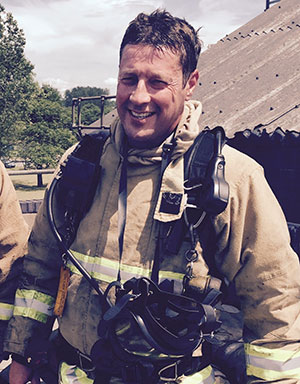Enforcing authorities
25. For the purposes of this Order, “enforcing authority” means—
(a)the fire and rescue authority for the area in which premises are, or are to be, situated, in any case not falling within any of sub-paragraphs (b) to (e);
(b)the Health and Safety Executive in relation to—
(i)any premises for which a licence is required in accordance with section 1 of the Nuclear Installations Act 1965(1) or for which a permit is required in accordance with section 2 of that Act;
(ii)any premises which would, except for the fact that it is used by, or on behalf of, the Crown, be required to have a licence or permit in accordance with the provisions referred to in sub-paragraph (i);
(iii)a ship, including a ship belonging to Her Majesty which forms part of Her Majesty’s Navy, which is in the course of construction, reconstruction or conversion or repair by persons who include persons other than the master and crew of the ship;
(iv)any workplace which is or is on a construction site within the meaning of regulation 2(1) of the Construction (Health, Safety and Welfare) Regulations 1996(2) and to which those Regulations apply, other than construction sites referred to in regulation 33 of those Regulations.
(c)the fire service maintained by the Secretary of State for Defence in relation to—
(i)premises, other than premises falling within paragraph (b)(iii), occupied solely for the purposes of the armed forces of the Crown;
(ii)premises occupied solely by any visiting force or an international headquarters or defence organisation designated for the purposes of the International Headquarters and Defence Organisations Act 1964(3);
(iii)premises, other than premises falling within paragraph (b)(iii), which are situated within premises occupied solely for the purposes of the armed forces of the Crown but which are not themselves so occupied;
(d)the relevant local authority in relation to premises which consist of—
(i)a sports ground designated as requiring a safety certificate under section 1 of the Safety of Sports Grounds Act 1975(4) (safety certificates for large sports stadia);
(ii)a regulated stand within the meaning of section 26(5) of the Fire Safety and Safety of Places of Sport Act 1987(5) (safety certificates for stands at sports grounds);
(e)a fire inspector, or any person authorised by the Secretary of State to act for the purposes of this Order, in relation to—
(i)premises owned or occupied by the Crown, other than premises falling within paragraph (b)(ii) and (c));
(ii)premises in relation to which the United Kingdom Atomic Energy Authority is the responsible person, other than premises falling within paragraph (b)(ii)).
What the Guidance says:


